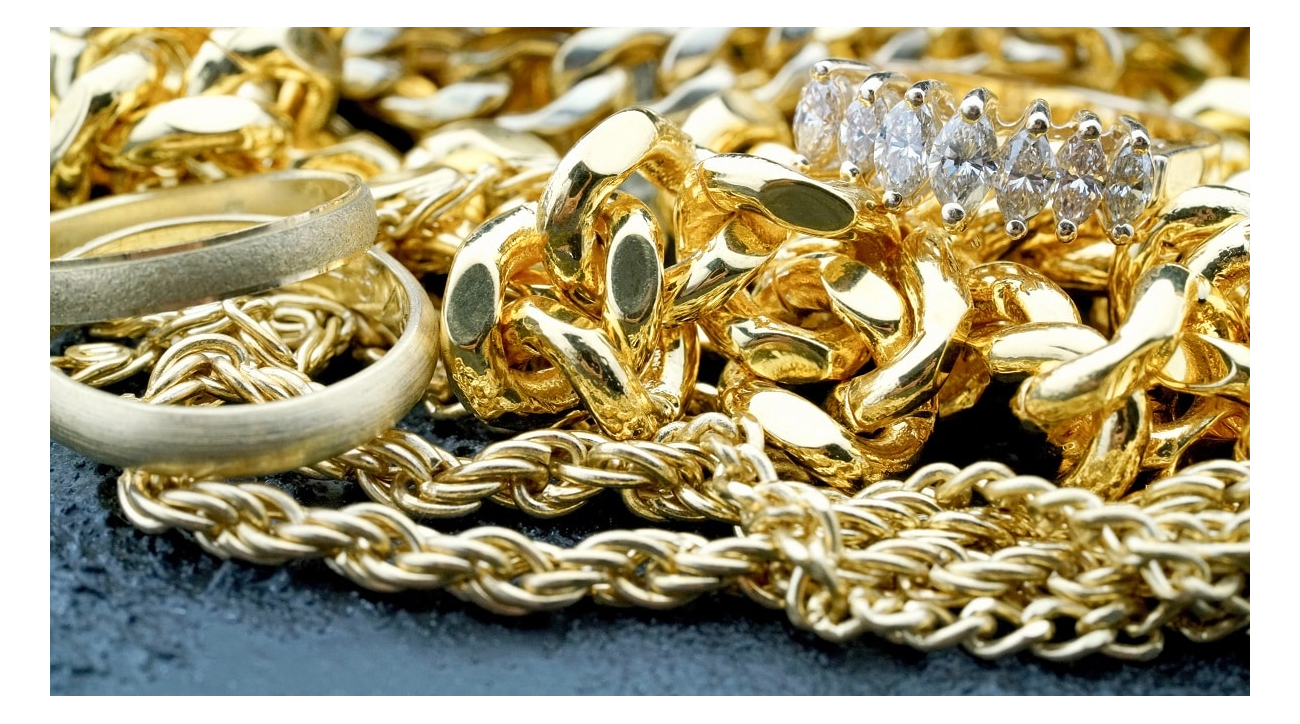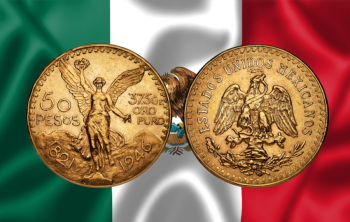The colours of gold: a diverse palette of shades and alloys
While yellow gold remains the most emblematic colour, it is now available in a variety of hues. This change in colour is made possible by a process called alloying - the mixing of pure gold (24 carats) with other metals. This not only makes the gold more robust, but also allows different shades to be obtained.
- White gold: This alloy is created by combining pure gold with white metals such as palladium or silver, then often coated with rhodium for a shiny, hard-wearing finish. White gold is now the preferred choice for wedding rings in the United States.
- Pink gold: The pink hue comes from the addition of copper to the gold, giving the alloy a soft, warm colour.
- Less common colours: Shades such as blue and violet are created by adding patinas or oxides to the surface of the alloy, while black gold derives its colour from cobalt oxide.
Gold caratage: a measure of purity
The weight of gold is measured in troy ounces (1 troy ounce = 31.10 grams), while its purity is expressed in carats.
Caratage indicates the percentage of gold in an alloy:
- 24 carats: pure gold (99.9% gold)
- 18 carats: 75% gold, with 25% other metals (often copper or silver)
The minimum carat for an object to be considered gold varies from country to country. In the United States, the minimum legal standard is 10 carats (41.7% gold). In France, the UK, Austria, Portugal and Ireland, the minimum purity of gold is 9 carats or 375. In Denmark, Germany and Greece, it is even lower, at 8 carats or 333 thousandths fine.
Finesse: Another measure of purityThe purity of gold can also be expressed in parts per thousand, known as fineness. Here are the corresponding values:
- **375** = 9 carats
- **417** = 10 carats
- **585** = 14 carats
- **750** = 18 carats
- **999** = 24 carats (pure gold)
In theory, 14-carat gold should have a fineness of 583 (14/24 = 0.583), but most manufacturers follow European practice and increase this purity slightly, thus marking 14-carat gold with a fineness of 585. Similarly, 24-carat gold, although ideally 1.0 (24/24 = 1.00), generally contains slight impurities, reaching a fineness of 0.999.
Accepted purity tolerances vary from market to market. In China, for example, gold called Chuk Kam (meaning ‘pure gold’ or ‘full gold’) accounts for the majority of sales and must contain a minimum of 99.0% gold, with a negative tolerance of 1.0%.
Composition table of alloys by colour and caratage

In conclusion
Gold, with its different colours and levels of purity, offers jewellery lovers a multitude of choices. By mastering alloying techniques, jewellers are able to transform this precious metal into works of art in a variety of colours, to suit individual tastes and exacting quality standards. Whether you prefer classic yellow gold, dazzling white or warm pink, each shade carries the heritage of expertise and the promise of timeless value.







